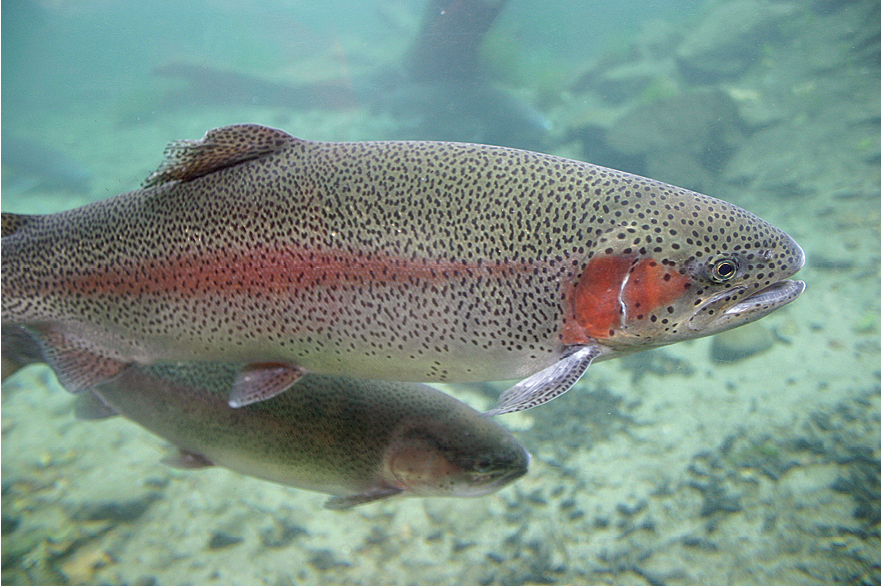A Thunder Bay CEDC report says there’s a growing market for rainbow trout
THUNDER BAY—A new study suggests it may be economically feasible to farm rainbow trout near the Lake Superior shoreline between Thunder Bay and Nipigon Bay.
The Thunder Bay Community Economic Development Commission has been exploring the feasibility of a local aquaculture industry.
It points out that aquaculture is the fastest-growing food production sector in the world, and that trout is seen as a widely desirable fish by North American consumers.
However, while per capita consumption of seafood has increased over the past decade, trout consumption has remained stable due to a shortage.
“The North American market for rainbow trout is domestic supply-limited,” notes a report prepared by ReThink Inc., a consulting firm with expertise in the fisheries and aquaculture sectors.
Its recent evaluation for the CEDC initially considered three fish species—Arctic char, lake whitefish and rainbow trout.
Using a ranking system that considered a variety of factors including the status of existing culture technology, seedstock supply, early rearing requirements, fish health, species growth rate, and fish health, the authors determined that rainbow trout scored the highest.
This is largely due to the longstanding success of the commercial cultivation of the species in Canada.
Aquaculture in Ontario is conducted with either land-based systems or net pen systems.
Land-based systems may include either freshwater ponds, raceways or circular ponds, while net pen systems such as those in operation on Lake Huron generally use cages made from steel pontoons.
According to the CEDC report, there are likely several existing business development parks, vacant light industrial properties or warehousing sites in the Thunder Bay area that could be suitable for land-based aquaculture.
It also identifies several suitable areas for net pen aquaculture on Lake Superior:
- Pie Island to Victoria Island south of Thunder Bay
- Black Bay
- Nipigon Bay
All three locations are said to be suitable from an environmental standpoint, but Nipigon Bay is considered to be the best candidate.
The study authors estimate that a land-based system would need a total investment of $5.6 million, and would have a Cost of Production of $6.43/kg.
They believe a lake-based net pen system would require a $2 million investment, and would have a COP of $5.57/kg.
The report quotes a prominent seafood analyst as noting that investors consider aquaculture to be beyond a safe bet, “a thing beyond the (COVID-19) pandemic and a good place to put your capital.”
The Fisheries Council of Canada and the Canadian Aquaculture Industry Alliance have developed a multi-year strategy that envisions doubling the domestic consumption of fish and seafood.
Currently, the largest trout processor in the country is the Cole-Munro Foods Group, which operates net cages to grow rainbow trout at four sites around Manitoulin Island on Lake Huron.
The company has a partnership with area First Nations.
The Thunder Bay CEDC report also identifies First Nations communities as potential participants and investors in the development of a local industry.




